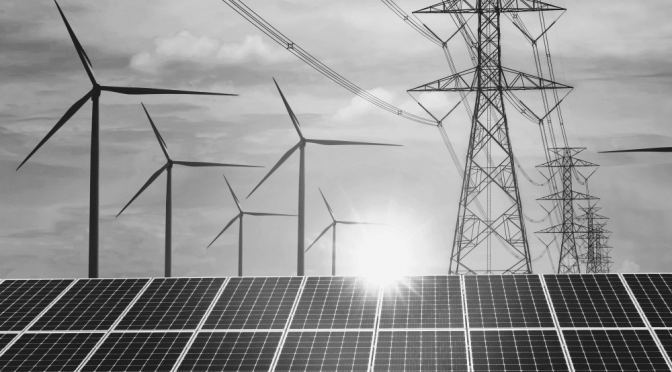Statkraft will supply 800 GWh of green electricity to German ZEISS sites over a period of eleven years. To achieve this, the companies have concluded several Power Purchase Agreements (PPAs).
The PPAs with different delivery start dates and periods support ZEISS in achieving the goal of becoming climate-neutral in its own activities by 2025. ZEISS is one of the world’s leading technology companies in the optical and optoelectronic industry.
The first supply of green electricity started in 2021, and was sourced from several older onshore wind farms in Statkraft’s wind portfolio. The continued operation of these parks was secured by the PPAs. In 2025, this will be followed by a supply of wind power from two new onshore wind farms in Lower Saxony. To meet the aspect of regionality desired by ZEISS, Statkraft is supplementing the green electricity package with a solar PPA with a term of ten years. Here, Bavaria’s largest solar park Schornhof has been supplying green electricity since July 2023.
“We want to cover the growing demand for electricity at our German sites preferably from regional renewable energy sources. With the Schornhof solar park around 80 kilometers east of our corporate headquarters in Oberkochen, the PPA contributes to this,” says Andreas Hack, Managing Director of Carl Zeiss Energie GmbH.
“We are pleased to support ZEISS on its path to climate neutrality. The company now obtains green electricity from subsidised and new wind turbines as well as a new solar park in the region. ZEISS thus preserves existing values, supports the regional expansion of renewables and at the same time robustly hedges against fluctuating electricity prices by mixing wind and solar PPAs,” explains Patrick Koch, Head of Statkraft’s German Origination.
“Our renewables portfolio enables us to offer green electricity solutions based on the customers’ needs at competitive prices in every region of Germany through the combination of different technologies, new and existing plants and flexible contract terms. This is an important basis for the conversion of industrial processes so that industrial companies in Germany can reduce CO2 emissions and achieve their climate targets,” he adds.
ZEISS focuses on lowering relative energy consumption to reduce emissions. Energy that cannot be saved should come from renewable sources. After all German ZEISS locations were already supplied with green electricity in fiscal year 2019/20, ZEISS expanded procurement to locations worldwide in fiscal year 2020/21.
“Wherever technically possible, we build photovoltaic systems on the roofs of our own buildings,” says Hack, adding: “In order to be able to fully cover our energy needs throughout Germany, we buy green electricity with a guarantee of origin. Such power purchase agreements or direct supply electricity contracts with Statkraft, among others, are used for this purpose. We are pleased to have signed with Statkraft as a partner, with whom we have been working for several years.”
ZEISS is one of the world’s leading technology companies in the optical and optoelectronic industry. In the four divisions Semiconductor Manufacturing Technology, Industrial Quality & Research, Medical Technology and Consumer Markets, the ZEISS Group recently generated annual sales of 8.8 billion euros (as of September 30, 2022).
With over 40,000 employees, ZEISS is active in almost 50 countries with around 30 production sites, 60 sales and service locations, and 27 research and development sites worldwide (as of March 31, 2023). Founded in Jena in 1846, the company is headquartered in Oberkochen, Germany. The sole owner of the holding company, Carl Zeiss AG, is the Carl Zeiss Foundation, one of Germany’s largest foundations for the promotion of science.


